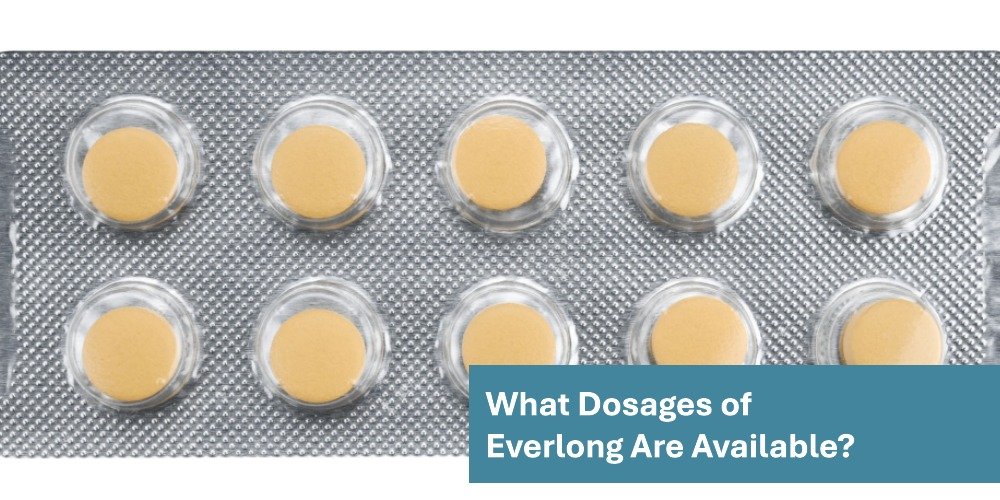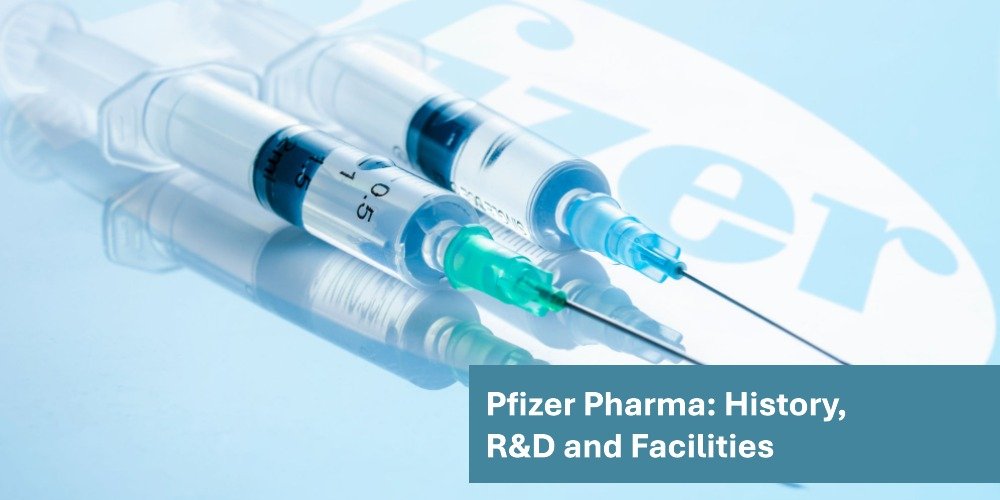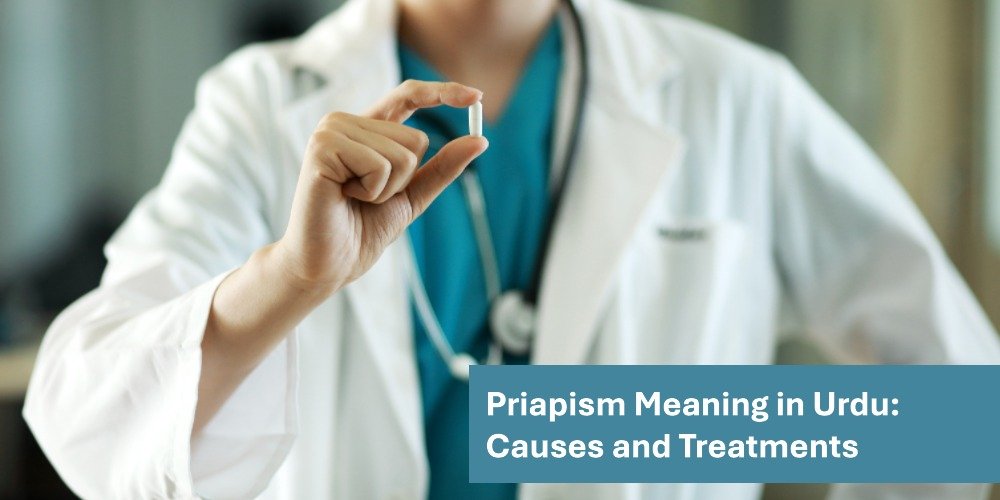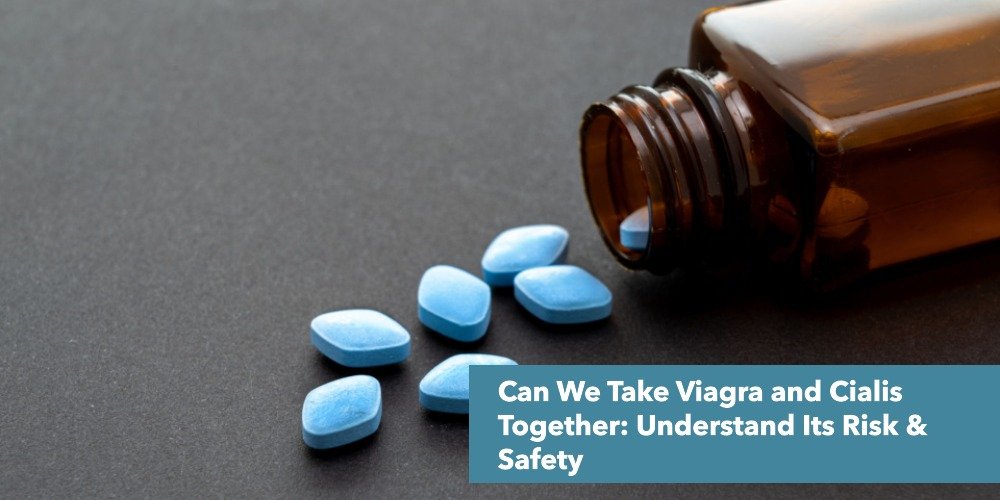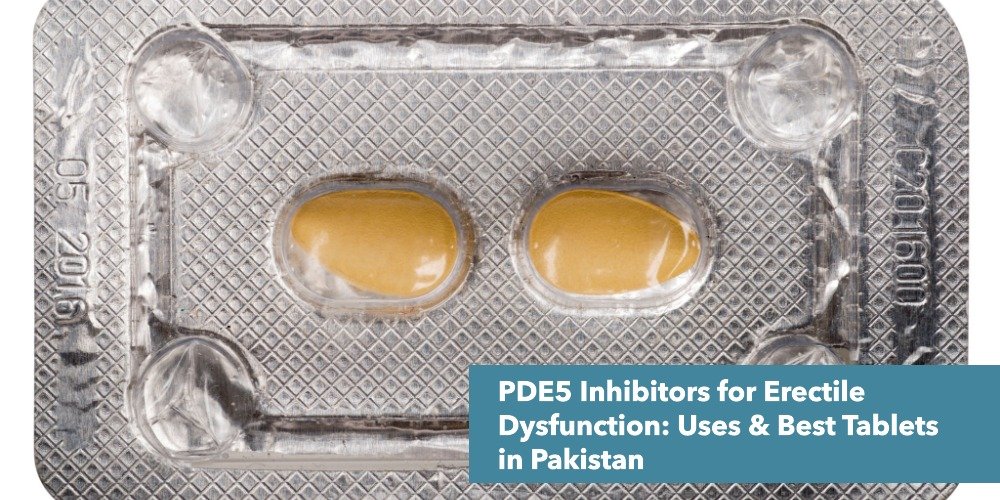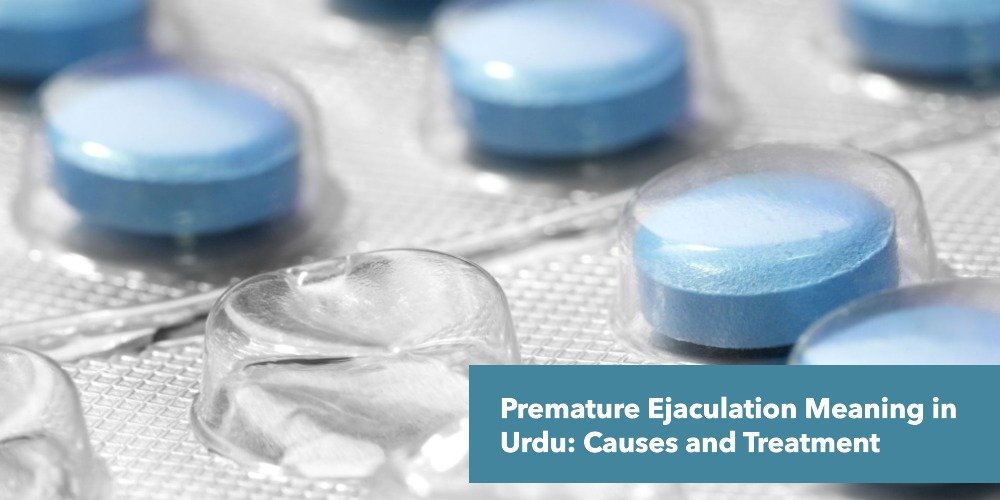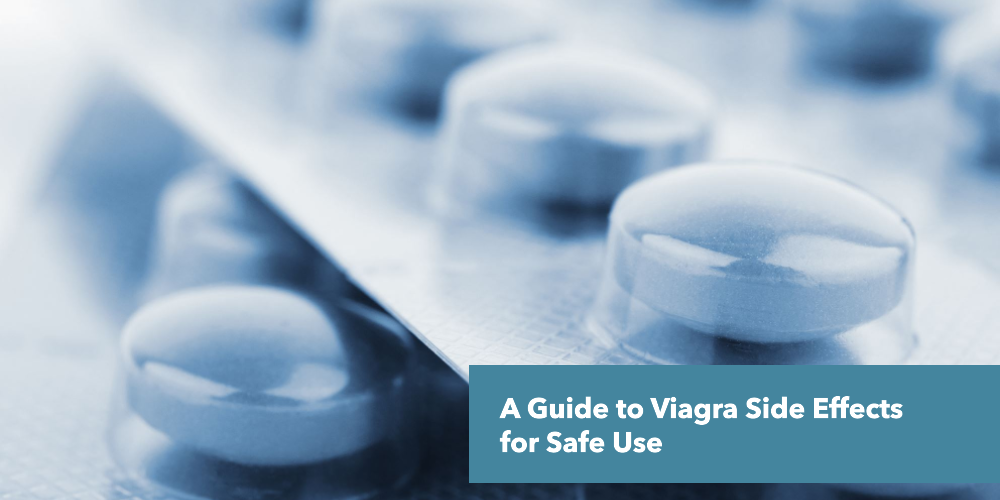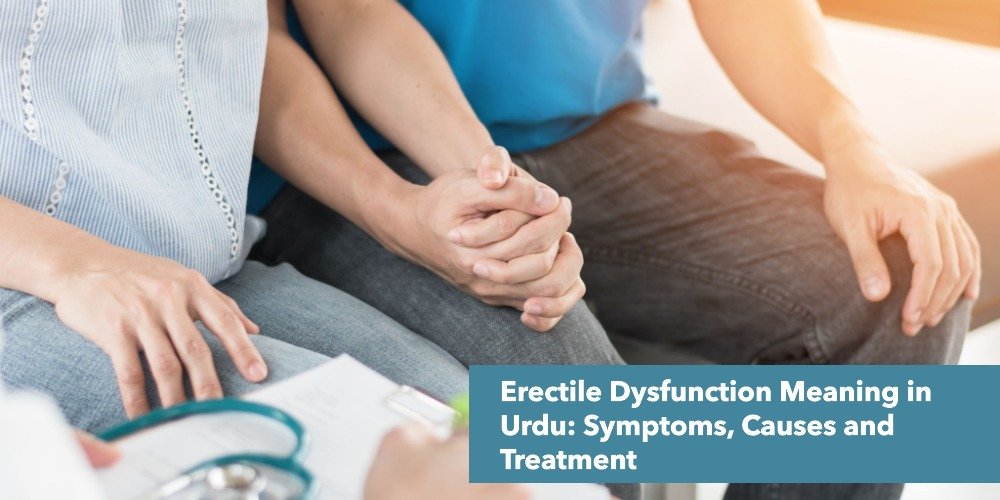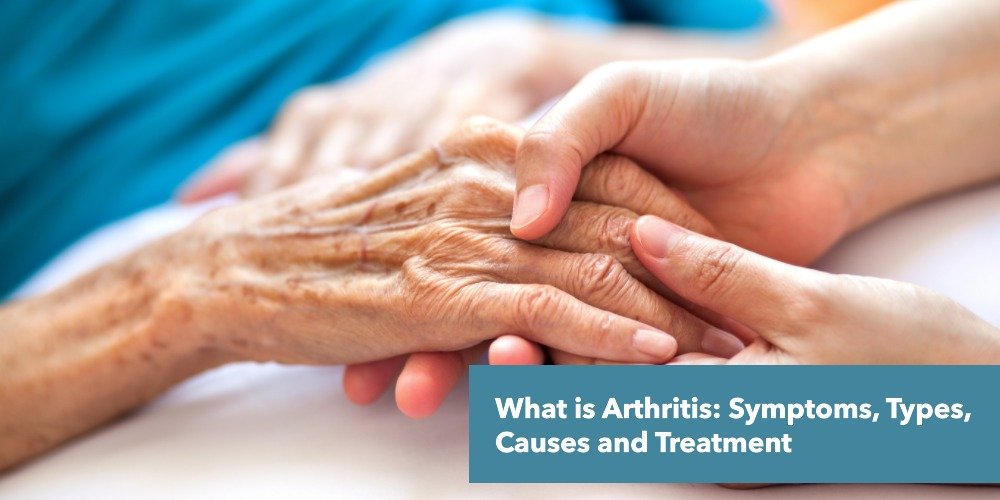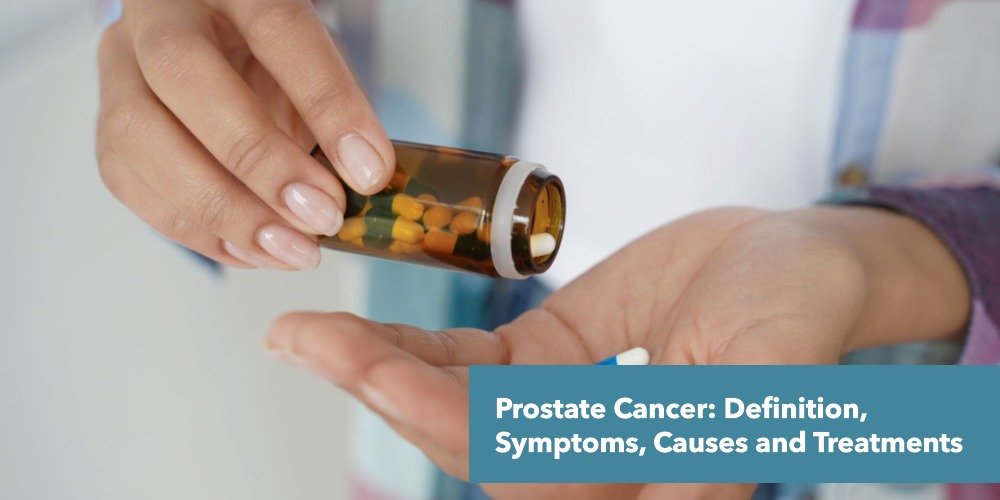What is Erectile Dysfunction?
Erectile dysfunction (ED) is a condition where a man is unable to achieve or maintain an erection sufficient for sexual activity.
Sexual Dysfunction or Erectile Dysfunction Meaning
ED means that you may find it difficult to get or keep an erection during sexual activity. This can happen for a variety of reasons, both physical and psychological. Physically, it could be due to conditions like heart disease, diabetes, high blood pressure, or hormonal imbalances. Psychological factors, such as stress, anxiety, or depression, can also play a significant role in ED.
ED can affect men of all ages, but it becomes more common as you get older. If you’re experiencing ED, it’s important to talk to a healthcare professional to identify the underlying causes and explore treatment options.
Erectile Dysfunction Meaning in Urdu | نامردی یا ایرکٹائل ڈسفنکشن
ایرکٹائل ڈس فنکشن ایک طبی حالت ہے جس میں مرد جنسی تعلق قائم کرنے کے لئے عضو تناسل میں سختی پیدا کرنے میں ناکام رہتے ہیں۔ اس کا مطلب یہ ہے کہ مرد کو جنسی تعلق کے دوران عضو تناسل میں کافی سختی یا سختی ہی نہیں ملتی۔ اس حالت کے مختلف اسباب ہو سکتے ہیں، جیسے ذہنی دباؤ، جسمانی صحت کے مسائل، یا دوا کے اثرات۔
What are the Main Causes of the Erectile Dysfunction?
The main causes of erectile dysfunction (ED) include physical conditions, psychological factors, lifestyle choices, and certain medications.
Physical Conditions:
Health issues like heart problems, diabetes, high blood pressure, and bad hormones can really interfere with getting blood where it needs to go for a good erection. Take diabetes, for instance – it’s brutal because it damages both the blood vessels and the nerves that make erections happen. High blood pressure is another troublemaker that chokes off blood flow when you need it most.
Getting familiar with penis meaning in Urdu (عضو تناسل کا مطلب) helps you understand what parts of your body are involved in all this, so you can better grasp how these medical conditions end up wrecking your sex life.
Psychological Factors:
Stress, anxiety, depression, and relationship issues can significantly contribute to ED. If you’re feeling stressed or anxious, your body may release hormones that interfere with the ability to get an erection. In many cases, psychological factors can create a cycle of fear and stress that worsens the condition.
Lifestyle Choices:
Smoking, excessive alcohol use, and lack of physical activity can negatively affect your cardiovascular health and blood flow, leading to ED. Smoking, in particular, can damage blood vessels, restricting blood flow to the penis. Inactive lifestyles can also contribute to obesity, which is linked to ED.
Medications:
Some medications, including antidepressants, antihistamines, and blood pressure drugs, can interfere with sexual function as a side effect. If you suspect your medication is affecting your ability to get an erection, it’s important to speak with your doctor to explore alternatives.
The Science Behind How Erections Work
It’s Way More Complex Than You’d Think
Look, most guys don’t really think about what’s happening “down there” until something goes wrong. But honestly? The whole process is pretty wild when you break it down.
Your brain basically has to talk to your hormones, which then chat with your nerves, and finally your blood vessels get the memo. All of this happens in seconds. When you get turned on, your brain fires off signals that make blood vessels in your penis chill out and expand. More blood rushes in, less flows out, and boom – you’ve got yourself an erection.
For anyone wondering about erect meaning in Urdu (کھڑا), it’s literally just describing this state where everything’s firm and ready to go. Pretty straightforward, right?
When Your Body Decides to Be Difficult
But here’s the thing – sometimes your body just doesn’t cooperate. Maybe you’re stressed about work, maybe you had one too many drinks, or maybe there’s something bigger going on health-wise. That’s when ED becomes a real pain in the ass.
I’ve noticed that guys often blame themselves first, but honestly, most of the time it’s your body trying to tell you something. Poor blood flow is usually the main troublemaker. Your arteries might be getting clogged up (thanks, bacon cheeseburgers), or diabetes could be messing with your nerves.
What really gets me is how ED can actually be your body’s way of waving a red flag about heart problems. Crazy how it’s all connected, isn’t it?
The Testosterone Situation Nobody Talks About
Now here’s what I find interesting – testosterone gets blamed for everything, but it really does matter more than people realize. It’s not just about feeling horny. Without enough of this stuff, the whole erection machinery starts breaking down.
I mean, think about it. You hit your thirties and your T-levels start dropping. At first, maybe you’re just not as interested in sex. Then it becomes harder to perform even when you want to. It’s like your body’s slowly turning down the volume on everything sexual.
How Mental and Emotional Factors Impact Erectile Dysfunction
|
What’s Bothering You
|
How It Affects On Your ED
|
| Stress & Anxiety |
Makes it tough to get started or keep going during intimacy |
| Depression |
Kills your interest and makes your body less responsive |
| Relationship Problems |
Creates pressure and wrecks your confidence in bed |
| Bad Past Experiences |
Your mind puts up walls that mess with your ability to perform |
The Psychological Side of Bedroom Problems
Here’s something doctors don’t always explain clearly your head controls what happens down there more than you might realize. When you’re dealing with emotional baggage or mental health struggles, it directly messes with your sex life.
Depression makes you lose interest in things you used to enjoy, including sex. Anxiety keeps you so wound up that your body can’t relax enough to work properly. And when you’re constantly fighting with your partner or carrying around hurt from the past, good luck trying to be intimate.
Understanding erectile dysfunction in Urdu (نامردی) means recognizing that sometimes the real problem isn’t physical at all – it’s what’s going on upstairs. Once you figure out what’s really causing the issue, you can actually do something about it.
What are the Symptoms of Erectile Dysfunction?
The symptoms of erectile dysfunction (ED) include trouble getting an erection, trouble keeping an erection, and reduced sexual desire.
Trouble Getting an Erection:
This is one of the most common signs of ED. You may find it difficult to achieve an erection when you’re sexually aroused or during intimate moments. This can be due to poor blood flow or nerve issues, both of which are key factors in ED.
Trouble Keeping an Erection:
Even if you’re able to get an erection, you might struggle to maintain it long enough for sexual activity. This can be frustrating and may cause stress or embarrassment. This symptom often relates to underlying physical conditions like heart disease or diabetes.
Reduced sexual desire:
Another symptom of ED is a decrease in your sexual desire or libido. This can be caused by hormonal imbalances, stress, depression, or a mix of physical and psychological factors. A lack of interest in sex may also worsen as ED becomes a recurring issue.
How Common is Erectile Dysfunction in Pakistan?
Erectile dysfunction (ED) is quite common in Pakistan. A study showed that among men, the prevalence is about 80.8%, which is higher than comparable rates in countries like Egypt and Nigeria. The prevalence increases with age and is associated with factors such as diabetes, smoking, alcohol use, and lower educational levels.
What are the Treatments of Erectile Dysfunction?
The treatments for erectile dysfunction (ED) include lifestyle changes, medications, therapy, and medical devices.
Lifestyle Changes:
Adopting healthier habits can significantly improve ED symptoms. Quitting smoking, reducing alcohol intake, exercising regularly, and maintaining a healthy diet can improve blood flow and overall health, reducing the impact of ED. In particular, weight loss can improve erectile function for men with obesity-related ED.
Medications:
Oral medications, such as sildenafil (Viagra), tadalafil (Cialis), and vardenafil (Levitra), are commonly prescribed to help increase blood flow to the penis. These drugs are effective for many men and are often the first line of treatment. They work by relaxing the muscles in the blood vessels of the penis, allowing more blood to flow in during sexual arousal.
Therapy:
Psychological factors like stress, anxiety, or depression can contribute to ED. Speaking with a counselor or therapist can help you address these underlying issues. Cognitive behavioral therapy (CBT) is a common approach that helps you change negative thought patterns and improve your mental well-being, which can enhance sexual function.
Medical devices:
For men who don’t respond to medications, devices like vacuum erection devices (VEDs) can be used. A VED creates a vacuum around the penis, drawing blood into it and helping to achieve an erection. In some cases, surgical options like penile implants may be considered when other treatments aren’t effective.
What are the Medicines for Erectile Dysfunction in Pakistan?
The medicines that are used to treat erectile dysfunction in pakistan are including viagra, cialis, levitra, everlong, Caverject, Edex and Muse.
Viagra 100mg Tablet: A well-known PDE5 inhibitor taken as needed before sexual activity.
Cialis 20mg Tablet: Offers a longer duration of action, lasting up to 36 hours, and can be taken daily or as needed.
Everlong 60mg Tablet (Dapoxetine): A fast-acting, on-demand treatment for premature ejaculation, designed to be taken 1 to 3 hours before sexual activity.
Vardenafil (Levitra) – Similar to sildenafil but may have a slightly longer duration.
Avanafil (Stendra) A newer PDE5 inhibitor with a rapid onset of action.
Caverject Tablet: – An injectable or urethral suppository option for those who do not respond to oral medications.
Trimix – A combination of alprostadil, papaverine, and phentolamine, used via injection for more severe cases.
Testosterone Replacement Therapy (TRT) – Prescribed if ED is linked to low testosterone levels.
How To Test Your Erectile Dysfunction?
To test for erectile dysfunction (ED), doctors may use several tests including a physical exam, blood tests, urine tests, ultrasound, and psychological evaluation.
Physical Exam:
During this exam, your doctor will check your overall health and look for physical signs that could explain ED, such as hormonal imbalances or nerve damage. They may examine your genital area to assess the blood flow and test for any physical conditions that could be affecting erectile function.
Blood tests:
These tests help check for underlying health conditions like diabetes, high cholesterol, or low testosterone levels. For example, if your testosterone levels are low, it could be a contributing factor to ED.
Urine tests:
Similar to blood tests, urine tests can help identify conditions like diabetes that may be causing ED. High blood sugar or other issues can often be detected through urine analysis.
Ultrasound:
In some cases, your doctor may recommend an ultrasound to check blood flow to your penis. This test uses sound waves to create images of your blood vessels and help detect any abnormalities that could be restricting blood flow, a common cause of ED.
Psychological Evaluation:
Since psychological factors such as stress, anxiety, or depression can play a role in ED, your doctor may recommend talking to a mental health professional. They may ask questions about your mental and emotional well-being to determine if these factors are contributing to the condition.
What are the Best Foods For Erectile Dysfunction?
The best foods for erectile dysfunction (ED) include leafy greens, dark chocolate, fatty fish, nuts, berries, and pomegranates.
Leafy greens:
Vegetables like spinach, kale, and Swiss chard are rich in nitrates, which help improve blood flow by widening blood vessels. This can improve erectile function by increasing circulation to the penis.
Dark chocolate:
Dark chocolate contains flavonoids, which help lower blood pressure and improve circulation. Studies suggest that moderate consumption of dark chocolate can enhance blood flow and contribute to better erectile health.
Fatty fish:
Fish like salmon, mackerel, and sardines are high in omega-3 fatty acids, which promote healthy circulation by reducing inflammation and improving heart health. Omega-3s help keep your arteries clear, ensuring good blood flow to the penis.
Nuts:
Almonds, walnuts, and pistachios are rich in arginine, an amino acid that helps increase nitric oxide levels in the body. Nitric oxide is essential for relaxing blood vessels and improving blood flow, which can help with ED.
Berries:
Blueberries, strawberries, and raspberries are rich in antioxidants and flavonoids. These compounds help improve heart health and circulation, which is critical for sexual function.
Pomegranates:
This fruit is packed with antioxidants, particularly polyphenols, which help improve blood flow and reduce oxidative stress. Studies have shown that drinking pomegranate juice regularly may help improve erectile function.
Is erectile dysfunction treatable?
Yes, erectile dysfunction (ED) is treatable with multiple options available depending on the cause and severity of the condition. Common treatments include oral medications known as phosphodiesterase type 5 (PDE5) inhibitors like sildenafil (Viagra), tadalafil (Cialis 5mg tablet), and others, which improve blood flow to the penis.
Erectile Dysfunction (ED) vs. Premature Ejaculation (PE)
Two Problems That Get Mixed Up Way Too Often
Erectile Dysfunction (ED) and Premature Ejaculation (PE) aren’t the same thing, even though guys sometimes deal with both at once. With ED, you’re having trouble getting it up or keeping it up when you need to. PE is different – you get hard just fine, but then you finish way before you want to.
| What’s Wrong |
The Real Problem |
Why It Happens |
| ED |
Your erection won’t start or won’t stick around |
Bad circulation, diabetes, being wound up, hormones out of whack |
| PE |
You’re done before the fun really starts |
Nerves, never learned control, hormone mess-ups, fighting with your partner |
Why You Need to Know Which One You Have
When you figure out erectile dysfunction meaning in Urdu (مردانہ کمزوری کا مطلب), you’re really getting at what’s messing with your body and mind. Each problem needs its own fix, so if you don’t know what you’re dealing with, you might waste time trying stuff that won’t work for your specific situation.
What are the Best Exercise For erectile Dysfunction?
The best exercises for erectile dysfunction (ED) include pelvic floor exercises, cardiovascular exercises, strength training, and yoga.
Pelvic floor exercises:
Known as Kegel exercises, these help strengthen the muscles that control erections. To do Kegels, you simply tighten the muscles you use to stop urination, hold for a few seconds, then release. Regular practice can improve blood flow to the penis and enhance sexual performance.
Cardiovascular Exercises:
Activities like walking, jogging, cycling, or swimming improve overall blood circulation. Better circulation means more blood flow to the penis, which is essential for achieving and maintaining an erection. A study showed that regular aerobic exercise can significantly improve erectile function.
Strength training:
Lifting weights or bodyweight exercises like squats and lunges can help increase testosterone levels, which play a crucial role in sexual health. Strength training also improves muscle tone, circulation, and overall stamina, which can help combat ED.
Yoga:
Certain yoga poses can improve flexibility, reduce stress, and enhance circulation. Poses like the “Downward Dog,” “Bridge Pose,” and “Reclining Bound Angle” can help open up the hips and improve blood flow to the pelvic region, supporting better erectile function.

